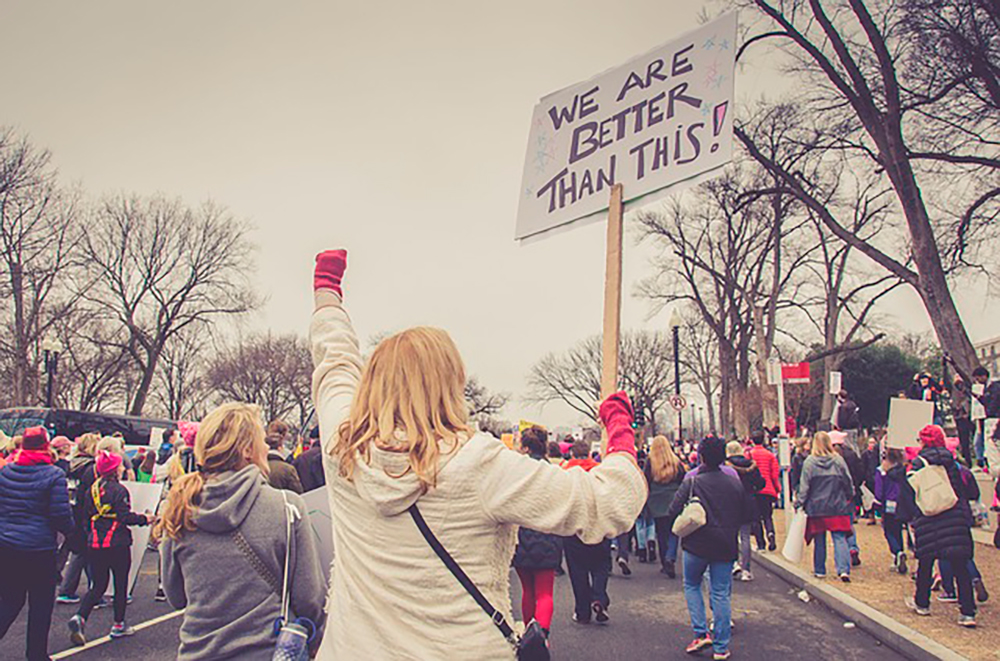UK PM returns to work after severe case of coronavirus amid pressure as deaths rise and restrictions strangle economy.
After suffering from a severe case of coronavirus, Prime Minister Boris Johnson returned to work to the biggest dilemma of his premiership: how to lift the lockdown that is destroying swathes of the British economy without triggering a deadly second wave of the outbreak.
Speaking outside Downing Street early on Monday, he said the government “simply cannot spell out” when or how restrictive measures will ease, but offered hope by adding progress was being made with fewer hospital additions and that the UK was “passing the peak”.
More:
Johnson, 55, returns to work almost a month to the day since he was tested positive for COVID-19, which incapacitated the prime minister and threatened his life at the peak of the coronavirus crisis.
Addressing UK businesses, which fear more economic weakness amid the lockdown, he said: “I understand your impatience, I share your anxiety.
“[But] we must recognise risk of second spike … of losing control of the virus.
“This is the moment of maximum risk.”
His government, his party and his scientific advisers are divided over how and when the world’s fifth largest economy should start to get back to work, albeit in a limited form, as the number of people who have died with coronavirus surpassed 20,000 over the weekend.
Johnson’s deputy, Foreign Secretary Dominic Raab, said social distancing would in place for some time yet.
The United Kingdom is on course to be among the worst hit European states with more than 20,732 hospital deaths reported as of Saturday.
But the United Kingdom’s total death toll is much higher as statistics for deaths outside hospital – for example in care homes – are slower to be published.
The most stringent lockdown in peacetime history has left the economy facing possibly the deepest recession in three centuries and the biggest debt splurge since World War Two.
Richard Hortorn, editor of The Lancet, tweeted: “Today the UK Prime Minister returns to work. His first task is not to decide when to end the lockdown. Instead, it must be to manage public expectations about the length of lockdown. He needs to speak to the British people today.”
Citing the example of Italy, which he said was following the “Wuhan timeline”, Horton added: “We must use May to see new infections and deaths continue to fall. We must use May to plan a recovery plan for the nation. We must use May to think about what kind of future we want.”
At the start of the outbreak, Johnson initially resisted imposing a draconian lockdown but then changed course when projections showed that a quarter of a million people could die in the United Kingdom.
Since the lockdown was imposed on March 23, his government has faced criticism from opposition parties and some doctors for the United Kingdom’s limited testing capabilities and the lack protective equipment for some frontline health workers.
Opposition Labour Party leader Keir Starmer, who has replaced veteran socialist Jeremy Corbyn, urged Johnson to set out when and how an economic and social lockdown might be eased – as did some Conservative Party donors.
“Simply acting as if this discussion is not happening is not credible,” Starmer wrote in an open letter to Johnson.

